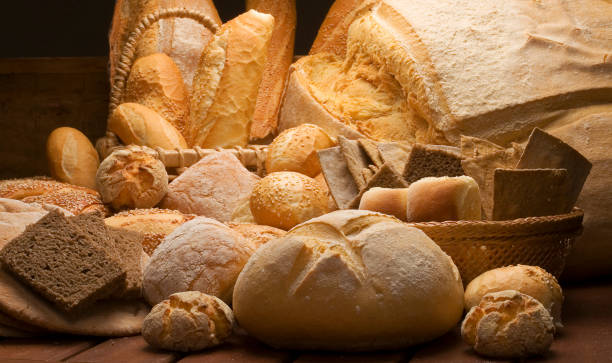The Rise of Artisanal Breads: A Tasty and Nutritious Journey
Bread is a staple food in many cultures worldwide. However, with the rise of health-conscious consumers and the quest for more unique, flavorsome food experiences, the demand for artisanal bread has surged. This article will explore the world of artisanal bread - its origins, the art of making it, its health benefits, and the latest trends in this culinary area. It will also provide some tips on how to select the best artisanal bread.

The Root of Artisanal Bread
Artisanal bread is a term used to describe bread that is crafted, rather than mass-produced. Originating from Europe, this type of bread is made in small batches with traditional methods that have been passed down through generations. Bakers take pride in their craft, carefully selecting high-quality ingredients and spending hours kneading, proofing, and baking the dough to achieve the perfect texture and flavor.
The Art of Making Artisanal Bread
Making artisanal bread is a labor-intensive process that requires patience, skill, and creativity. The process often starts with a sourdough starter - a mixture of flour and water that has been fermented over several days. This starter is what gives artisanal bread its distinct tangy flavor. The dough is then shaped by hand, proofed, and baked in a stone oven. The result is a loaf of bread with a crisp crust, a soft, chewy interior, and a complex flavor profile.
Health Benefits of Artisanal Bread
Artisanal bread isn’t just delicious - it’s also nutritious. Compared to commercial bread, it generally contains less sugar, fewer preservatives, and more fiber. This is because artisanal bread is made with whole grains and other nutrient-dense ingredients. Additionally, the slow fermentation process used in making artisanal bread helps to break down the grains, making them easier to digest and allowing for better nutrient absorption.
Latest Trends in Artisanal Bread
In recent years, there has been a resurgence in the popularity of artisanal bread, driven by a desire for healthier, more natural foods. There is also a growing interest in ancient grains, like spelt, rye, and kamut, which offer unique flavors and additional health benefits. Additionally, bakers are experimenting with new techniques and flavors, creating bread with ingredients like activated charcoal, turmeric, and beetroot.
Tips for Selecting the Best Artisanal Bread
- Look for bread that is baked fresh daily.
- Choose bread made with whole grains for added fiber and nutrients.
- Avoid bread with added sugars or preservatives.
- Opt for bread made with a sourdough starter for a tangy flavor and easier digestion.
- Try different types of artisanal bread to find your favorite.
In conclusion, artisanal bread brings a new level of enjoyment to the simple act of eating bread. By exploring different types, flavors, and methods of making artisanal bread, you can elevate your dining experience and reap the health benefits. So, why not take a bite out of the artisanal bread trend and see what you’ve been missing?





